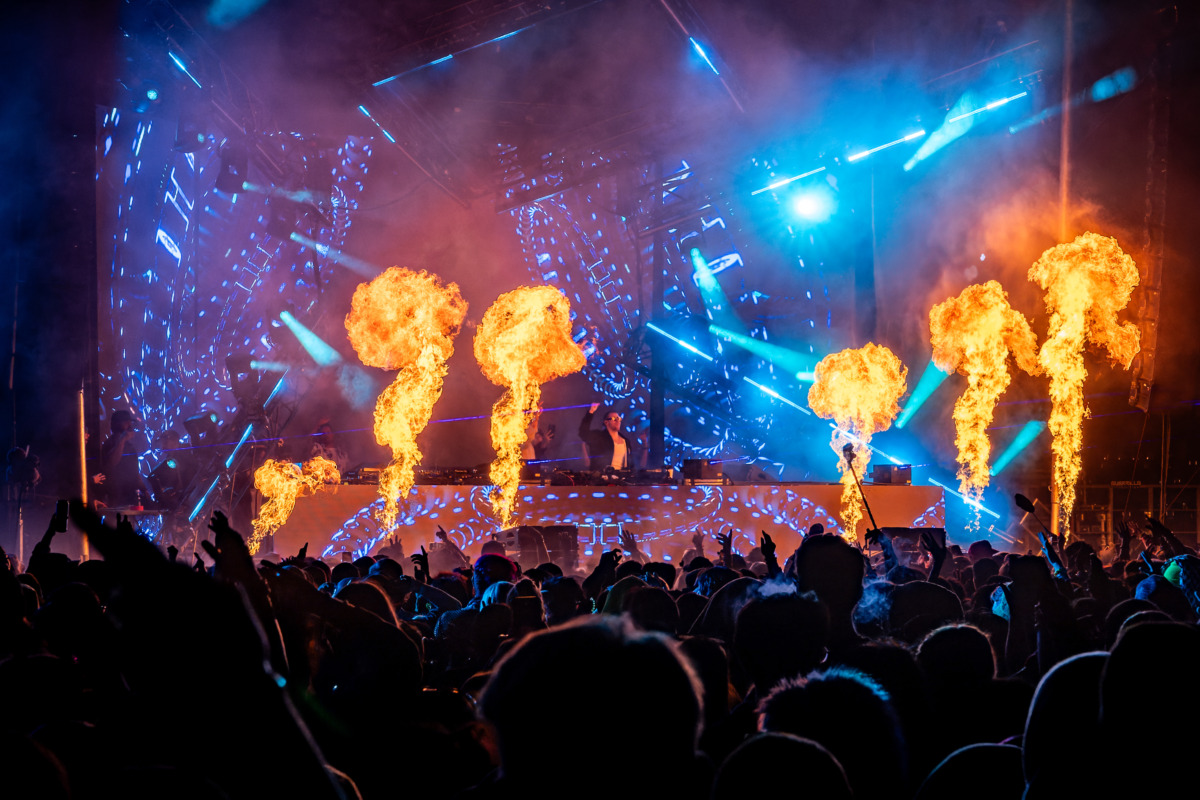The isekai genre of anime is the subject of much discussion and even controversy, especially on the topic of whether there is an oversaturation of isekai anime and light novel series out there. The genre has exploded in popularity since Sword Art Online helped put it on the map, but perhaps it's time to go in the opposite direction.
Isekai involves an ordinary person ending up in a new world, such as a fantasy realm, while reverse isekai involves an otherworldly being ending up in the real world as an exotic guest, such as the famed alien E.T. the extraterrestrial. In many ways, the reverse isekai genre has more potential and design space than regular isekai, and it's often funnier too.
The Possibilities Of Reverse Isekai Anime's Settings
All literary genres and subgenres have room for experimentation and innovation, though the isekai genre has relatively little, while the reverse isekai genre has much more. Isekai anime is highly formulaic even when series such as Dr. Stone and Ascendance of a Bookworm enter the picture, and this rigid formula is what makes isekai what it is.
These titles are nearly always action/adventure stories with an emphasis on a powerful main character who learns magic and swordplay, with other genres such as slice-of-life, romance, horror, drama and sports having no place in this paradigm. Some isekai series dabble in those things, such as the romance of My Next Life as a Villainess, but isekai must stay focused on fantasy adventure, which keeps the genre narrow.
By contrast, reverse isekai anime titles take place in the real world, typically in modern Japan -- and all genres of fiction can take place in such a setting, even fantasy or sci-fi, especially when reverse isekai is involved. That means a reverse isekai anime can be a romance series, a fantasy adventure story, a mind-bending sci-fi tale, horror, slice-of-life or a creative combination of all of these. The real world already enables most of these genres, and depending on the nature of the reverse isekai guest(s), fantasy, sci-fi and horror can enter the picture without sacrificing the other genres, such as romance and slice-of-life.
Both isekai and reverse isekai anime find ways to combine these genres, but arguably, reverse isekai does it better, given its setting. A comedy slice-of-life story will gain a supernatural edge when a dragon maid or a quirky space alien arrives and tries to learn the ways of the Earthlings, or perhaps the reverse isekai guest is a grotesque monster that adds some horror and supernatural elements to the story. In any case, the otherworldly nature of the guest doesn't overshadow the mundane setting, while a regular isekai show's fantasy setting dominates the entire narrative and may edge out every other genre.
How Reverse Isekai Dodges Isekai's Worst Problems
While there's always the possibility of reverse isekai growing stale or formulaic, the genre is still relatively fresh compared to traditional isekai, and it avoids most of isekai's most serious problems. To begin with, it's the otherworldly guest who has the power rather than the main character, so reverse isekai evades the issue of OP isekai heroes who are often just a self-insert power fantasy.
For example, Miss Kobayashi is a competent but ordinary office worker who can be fairly relatable to many viewers, while Tohru the dragon maid, who is less relatable, has all the magical power. In real life, there is always a bigger fish, and reverse isekai represents that in an amusing but meaningful way. The reverse isekai guest might also provide insight into other real-life themes, many of them thought-provoking and inspirational, from the freshest perspective possible. That's rare in regular isekai.
Another point is that reverse isekai titles avoid the formulaic plot of isekai, which typically involves the main character trying to meet the conditions to leave the other world, such as in No Game No Life or The Saga of Tanya the Evil, or going on a quest to slay the demon king or defeat all the Waves, such as in The Rising of the Shield Hero. This can get old quickly, and anime fans may tire of so many isekai protagonists who get hit by Truck-kun, scrape together an adventuring party, then slowly and surely fight their way to the demon king.
Reverse isekai, meanwhile, is typically slice-of-life, which opens up all kinds of possibilities for daily adventures and character arcs. Granted, slice-of-life has its own worn-out tropes, and reverse isekai isn't immune to them, such as beach episodes. Still, it's arguably much better than yet another OP gamer guy who has to slay the demon king while building an elf girl harem. In the real world, that won't ever happen, even if the elf girl happens to visit Tokyo after falling through a portal. That may be refreshing for any isekai-weary anime fan.
About The Author

